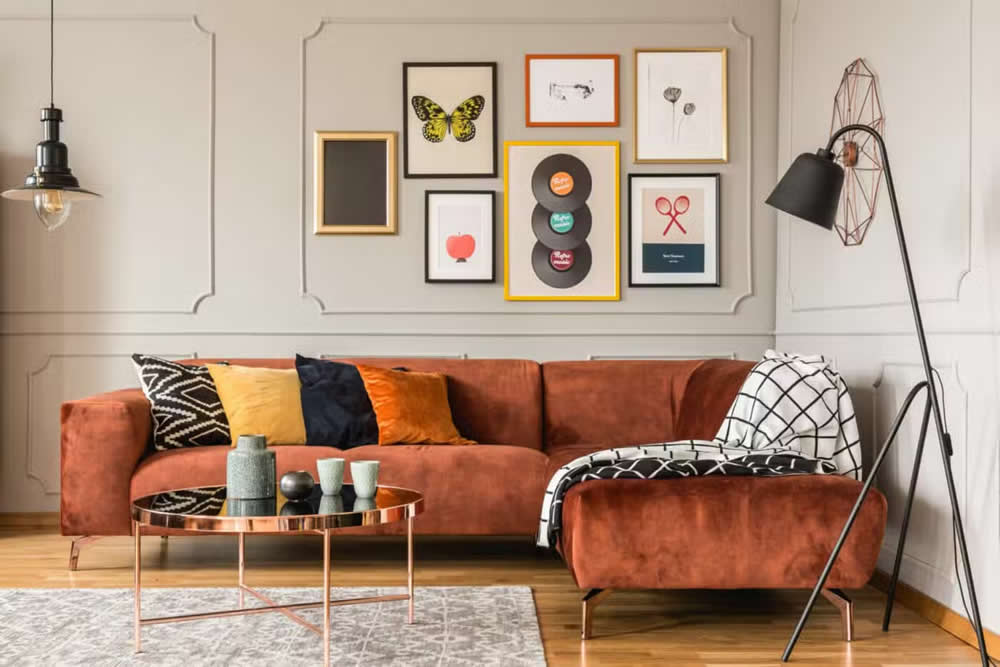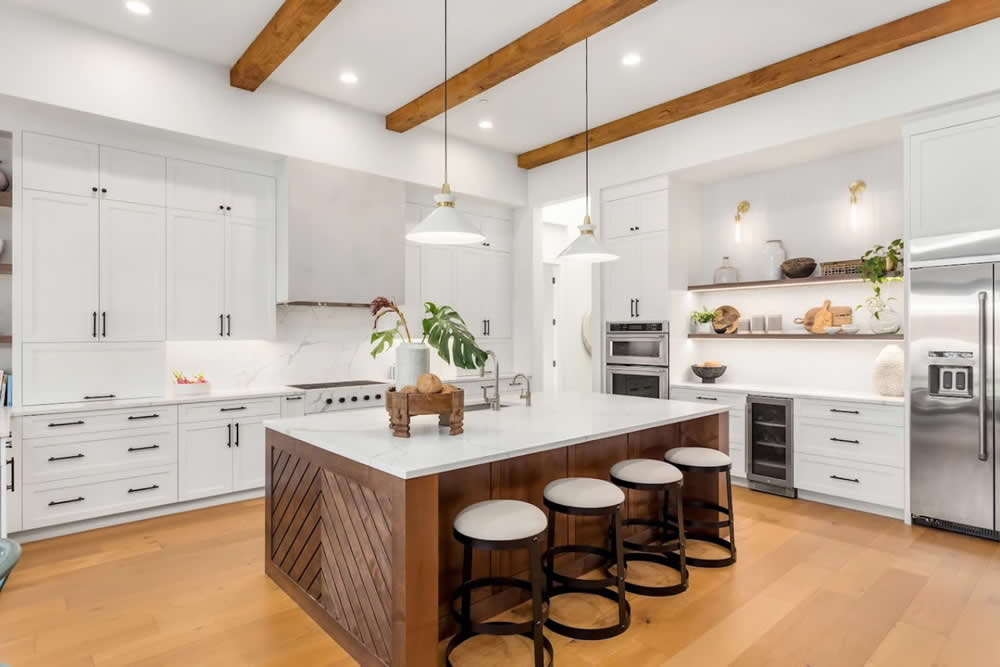Wall art goes beyond mere decoration; it serves as a dynamic means of self-expression, a way to inspire others, and even a conversation starter. Its impact transcends aesthetics, shaping the ambiance and narrative of a space. Whether it’s a canvas painting, a series of prints, or handcrafted art, wall pieces can evoke emotions and memories, making a significant difference in a place where families and friends gather. By selecting pieces that resonate personally, individuals can create an environment that reflects their identity while fostering connectivity with others present in the space.

Expressing Personal Identity
One of the most fundamental roles of wall art is to portray personal identity. Each piece represents the tastes, interests, and values of the individual or family. For homeowners, the selection of art can signal their experiences, travels, and passions. Finding artwork that resonates deeply encourages authenticity and engagement within the living space. This connection results in artworks that stimulate conversations among guests and family, creating bonds that strengthen relationships.
Some individuals integrate specific themes into their decor, displaying pieces emphasizing nature, culture, or empowerment, highlighting what is personally significant to them. Choosing art allows individuals to express themselves without uttering a single word.
Enhancing Mood and Atmosphere
Art heavily influences the emotional landscape of a home. The choice of colors, subjects, and styles can evoke particular feelings. Bright colors can instigate feelings of joy and positivity, while muted tones might evoke calm and serenity. Strategically placing art in various rooms can enhance the intended mood. Vibrant and lively art in social spaces encourages interaction among guests.
A collection of calming prints in bedrooms can promote relaxation and peace, setting the tone for a restful environment. To enhance the culinary experience, opting for items like Printiv kitchen prints can generate an inviting atmosphere, combining art with everyday routines. The environment and energy of a space can dynamically shift based on the selected art pieces, affecting the experience residents and visitors have within it.

Art as a Cultural Reflection
Wall art often mirrors cultural values and societal narratives, making it a powerful tool for representation. Various art styles can showcase a community’s history, struggles, and triumphs while celebrating diversity. By displaying culturally significant pieces, homeowners can honor their heritage and share their traditions with others.
This fosters an understanding of different cultures, promoting solidarity and empathy. Art evokes a sense of pride and belonging, serving educational purposes and encouraging conversations that can broaden perspectives. As viewers encounter diverse themes, they engage with stories and ideas that deepen their appreciation for the world around them.
The Role of Art in Creating Focal Points
Art plays a critical role in providing focal points within various spaces. It guides the eye and draws attention to specific areas, allowing for a structured flow within a room. When arranged thoughtfully, wall art can create visual pathways and highlight architectural features. This intentional placement helps organize a space while enriching the aesthetic.
Choosing a large centerpiece artwork can elevate a room, while smaller pieces can create a gallery wall that showcases various styles and colors, stimulating interest and excitement. The interaction of light with various textures in artwork can enhance dimensions, transforming a seemingly plain wall into a captivating visual experience.

Promoting Creativity and Inspiration
Art stimulates creativity by exposing individuals to new concepts and ideas. A well-curated art collection can serve as a constant source of inspiration for both residents and visitors. Artists often communicate emotions and themes through their work, offering fresh perspectives that can challenge existing ideas and encourage innovative thinking.
Homes filled with creative expressions can foster an environment conducive to artistic endeavors, making them ideal for hobbies like writing or crafting. When individuals surround themselves with thought-provoking pieces, they may find themselves more inclined to express their creativity and explore new interests.
Art as an Investment
Beyond their intrinsic beauty and emotional impact, many art pieces serve as financial investments. As trends shift, the value of certain works can appreciate significantly over time. Collecting art thoughtfully and with an eye towards future value can yield substantial returns.
Investing in established artists or unique pieces can enhance the worth of a collection and transform it into a lucrative endeavor. Acquiring art provides a physical asset that brings joy and meaning to the space, combining emotional satisfaction with financial prospects.

Art and Sustainable Practices
In recent years, a growing emphasis on sustainability has sparked a movement within the art world. Many artists and artisans prioritize eco-friendly materials, creating pieces that resonate with environmental concerns and community values. Collecting art from local artists supports small businesses and fosters a sense of connection to the local community.
This practice promotes sustainability and encourages environmentally conscious lifestyles. Homeowners can curate their wall art collections with a focus on sustainability, showcasing innovative solutions while simultaneously contributing to a larger cause.
Each of these aspects illustrates the multifaceted role wall art plays in our lives. By selecting pieces that resonate with personal stories, cultural significance, or emotional needs, individuals can enhance their spaces and improve their quality of life.










